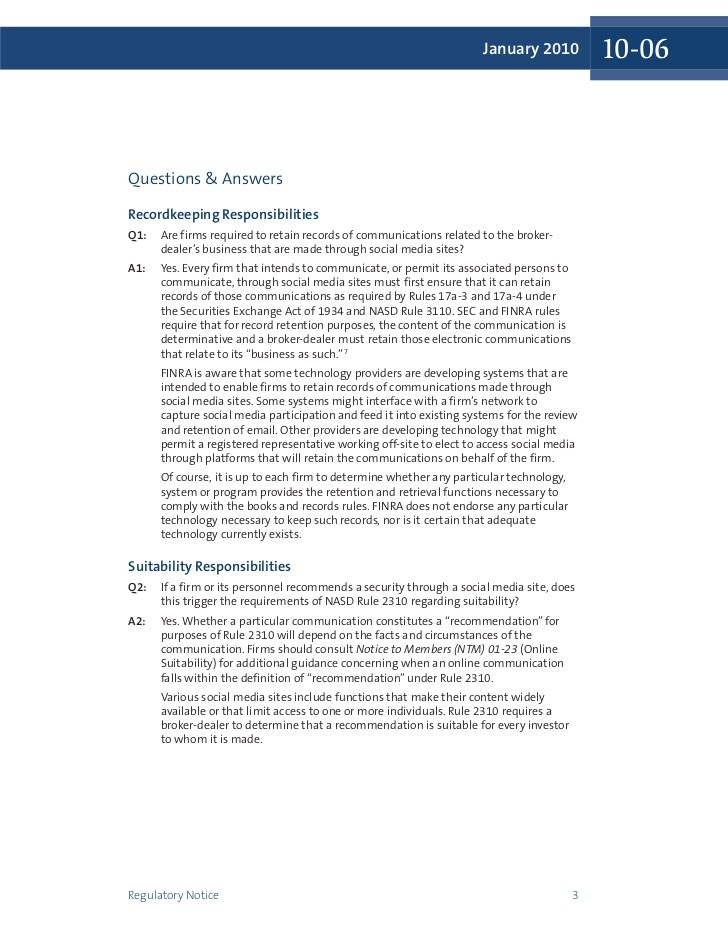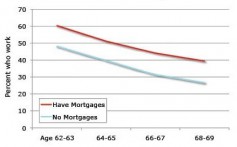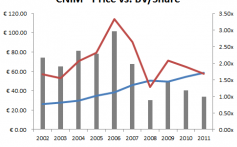Yes FINRA And The SEC Like Social Media
Post on: 16 Март, 2015 No Comment

Follow Comments Following Comments Unfollow Comments
“We’ll be out of compliance” is still the major reason that financial services firms block the use of social media for regulated users. However, that fear is contrary to the evolving regulatory landscape. Both the Securities and Exchange Commission (SEC) and Financial Industry Regulatory Authority (FINRA) state that they see a value in social media as an educational tool for investors.
This appreciation for social media was reinforced recently at the LIMRA / LOMA 2014 Social Media Conference for Financial Services, at the “Ask the Regulators!” session.
Owen Donley, Chief Counsel, Office of Investor Investor Education and Advocacy, SEC and Thomas Selman, Senior Vice President, FINRA discussed how their respective organizations seek to protect investors and generally view social media in a positive light.
SEC: Use social media to help prevent fraud
Owen Donley of the SEC conveyed that securities fraud is a growing problem, with a significant number of cases brought to the Commission involving the promise of unrealistic returns each year. The problem is only getting worse. As more and more affluent investors have turned to the internet to conduct research, fraudsters followed. Or in the words of April Brooks. Special Agent, FBI, “If there is a way to exploit it, these individuals will exploit it.”
Fraudsters can use social media to manipulate the market and spread rumors, distribute online investment newsletters, and to promote fraudulent solicitations such as Ponzi schemes, according to Donley.
However, financial services firms can play an important role in preventing fraud. Donley stated that firms have the opportunity of reaching millions of investors through social media. By helping investors make more informed decisions, firms engage with their customers while enhancing their brands – two of the goals of social media. To this end, the SEC offers Investor Alerts and Bulletins, and various content on Investor.gov that firms can share via social media. FINRA Education Foundation also offers articles that firms may share on social media. As financial services firms often struggle with the challenge of creating compliant content, sharing content that educates investors is a win-win for everyone.
Thomas Selman of FINRA then reiterated FINRA’s stance that social media was fine, just as long as firms took a thoughtful approach towards applying existing communications rules to this new form of communications. Selman reminded the audience that FINRA’s principle based approach did not dictate technology, and as a result, various middleware vendors emerged to support firms’ use of social media. He said that FINRA followed three major concepts when providing guidance on social media:
- Business records that appear on social media are subject to recordkeeping and supervision requirements. Content, not the device, is determinative.
- Static content, such as a profile on LinkedIn LinkedIn. needs to be reviewed in advance by a registered principle of the firm. Interactive content, such as a tweet or update, may be reviewed after the fact.
- Third party content that firms “adopt” or become “entangled with” are subject to recordkeeping, suitability and supervision rules.

(For more details, see FINRA Regulatory Notices 10-06 and 11-39 .)
Selman went on to convey that although there have been some enforcement cases (such as Jenny Ta, the “tweeting broker ” who made exaggerated statements and pumped up stock that she and her family owned), compliance around social media appears to be good.
In fact, Selman relayed that during a Social Media Sweep last summer, of the 23 firms examined, only 16 allowed their sales force to use social media and typically only for pre-approved static content. For the most part, FINRA found the content compliant. However two issues emerged:
- Registered reps claimed more acumen than they had.
- Business records were stored in such a way that the social media formatting was lost when retrieved. This presents a real challenge to supervisory review.
The future: Layered disclosures on social media?
In a Question and Answer session, both Selman and Donley stated that firms have been requesting additional guidance on disclosures in general, and on mobile devices, in particular. One concept that is being discussed is “layering” disclosures — making key information easily accessible, while making additional details available for more serious interest.
Selman concluded the session by saying that that as a regulator, he finds social media exciting when it comes to educating the investor through easily accessible disclosures.
In summary, fear not, both the SEC and FINRA have approved the use of social media to educate investors. and have even provided some compliant content to help get firms started.














